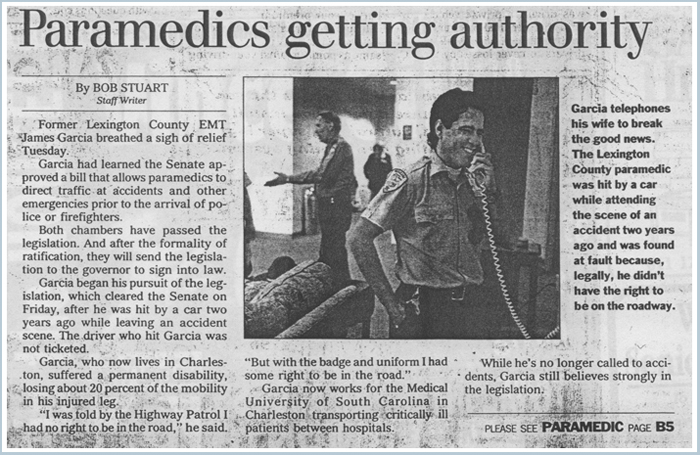The American Safety Commission Urges Drivers to Move Over, Slow Down for Tow Trucks
Every year, first responders across the country are injured or killed on the job while providing emergency services along America’s highways. The “Move Over” Law aims to make all roadside emergency and maintenance professionals safer.
Who? 90% of respondents to a national poll by Mason Dixon Polling and Research sponsored by the NSC, believe traffic stops and roadside emergencies are dangerous for law enforcement and first responders. 86% of these respondents support enacting “Move Over” laws in all 50 states.
What? The “Move Over” Law, effective in all 50 states, requires drivers approaching a stationary emergency or maintenance vehicle with flashing lights to move to the next adjacent lane if it is safe to do so, and, if that is not possible, to reduce their speed. Each state has their own set of consequences, and failure to comply can result in fines, license suspension, or even jail time.
Why? Over 150 U.S. law enforcement officers have been killed since 1999 after being struck by vehicles along America’s highways according to the National Law Enforcement Officers Memorial Fund.
When? South Carolina was the first state to enact the law in 1996. Hawaii was the most recent state to pass the law in 2012.
How did it all get started? Here's the background regarding the origins of the Move Over Law, courtesy of South Carolina paramedic James Garcia:
It all started around 6:30 am, on the cold, dark morning of Jan 24, 1994, on Highway 6 between Gilbert and Lexington, SC. While I was working at an MVA, a Dodge van came flying around the scene. Although the driver had slowed down from 55 to 45, he was still driving way too fast, distracted and looking at the accident. I actually remember the expression on the driver's face when he hit me. Our eyes met briefly as he turned his head forward, and I smashed into his windshield and bounced off and over his van. My left leg and arm were broken in the accident. I sincerely have to tell you, it really hurt a lot. I am glad that I lived, but to this day I know hours in advance when it's going to rain. I feel fortunate to have survived the injuries and maintained my EMS career, but will always remain skittish when working at MVAs.
| |
 |
|
There was nothing in SC, or in any state for that matter, that made EMS any more than a regular pedestrian at their own risk on the highway. Some states had “Emergency Powers Act” provisions for fire departments and police officers, but even those rules were limited, fragmented and didn't address emergency scenes. There were plenty of laws about what to do when an emergency vehicle was en route to a scene, but nothing about what happens once they arrived. I spent the next year working with our state legislature, and in March 1996, the country's very first “Move Over Law” (SC 56-5-1538) was passed.
Please show support for this law and help promote national efforts garnered toward keeping our emergency responders safe.